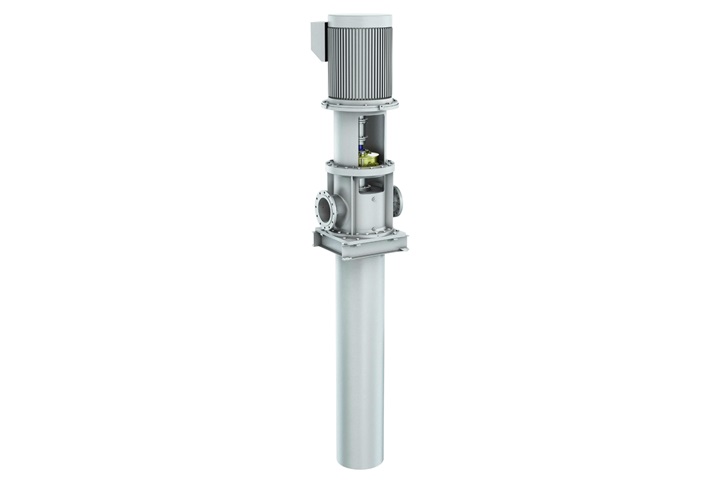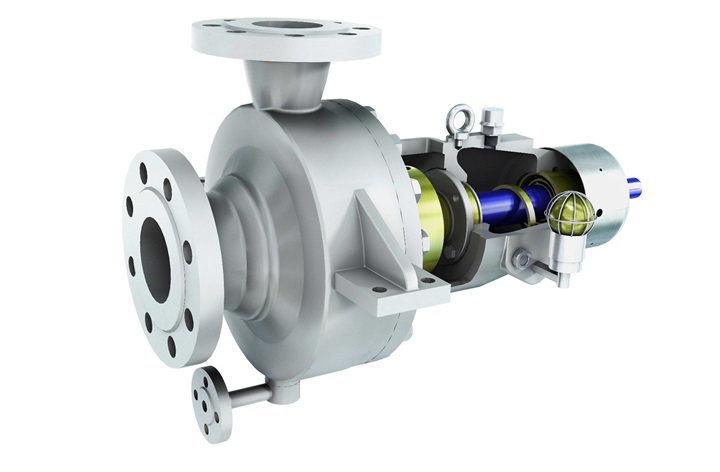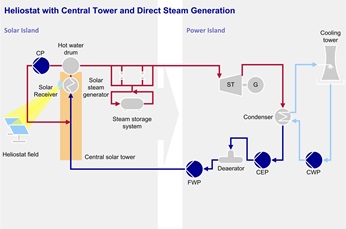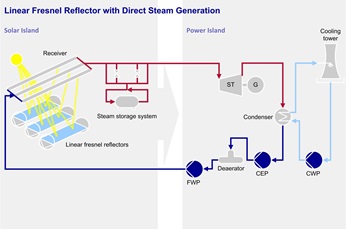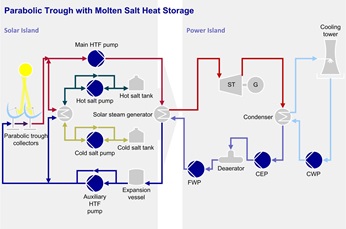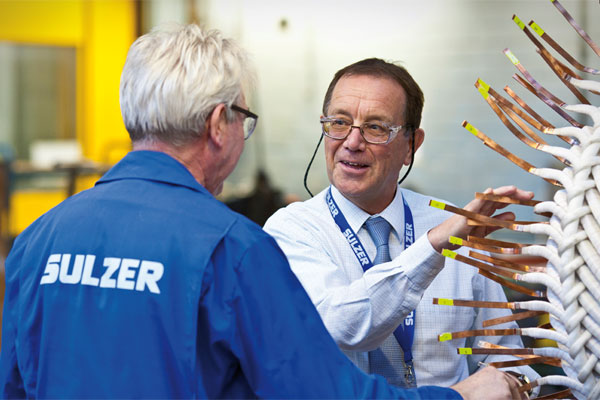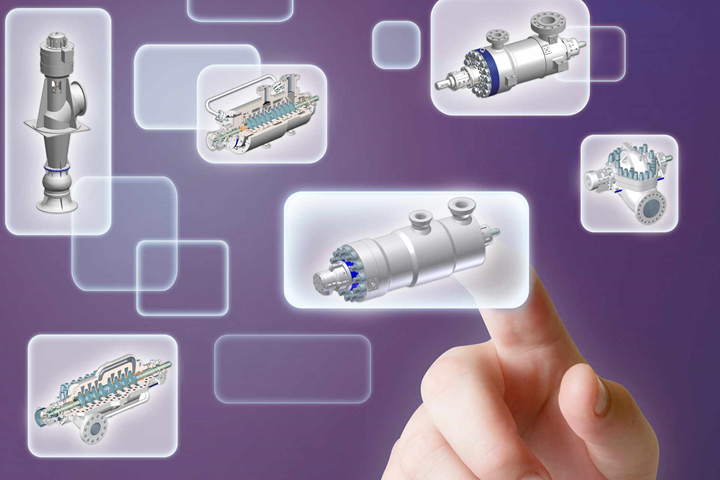Products
-
SJD-CEP vertical multistage can condensate extraction pumpSJD-CEP vertical can condensate extraction pumps, are specified wherever limited NPSH is available, either due to system constraints or liquids operating near to their vapor pressure, typically for condensate extraction and heater drain pump applications.
-
ZE/ZF end suction pump rangeThe ZE/ZF are ideal pumps for arduous industrial applications handling clean, cold or hot liquids, including hydrocarbons and light chemicals.
